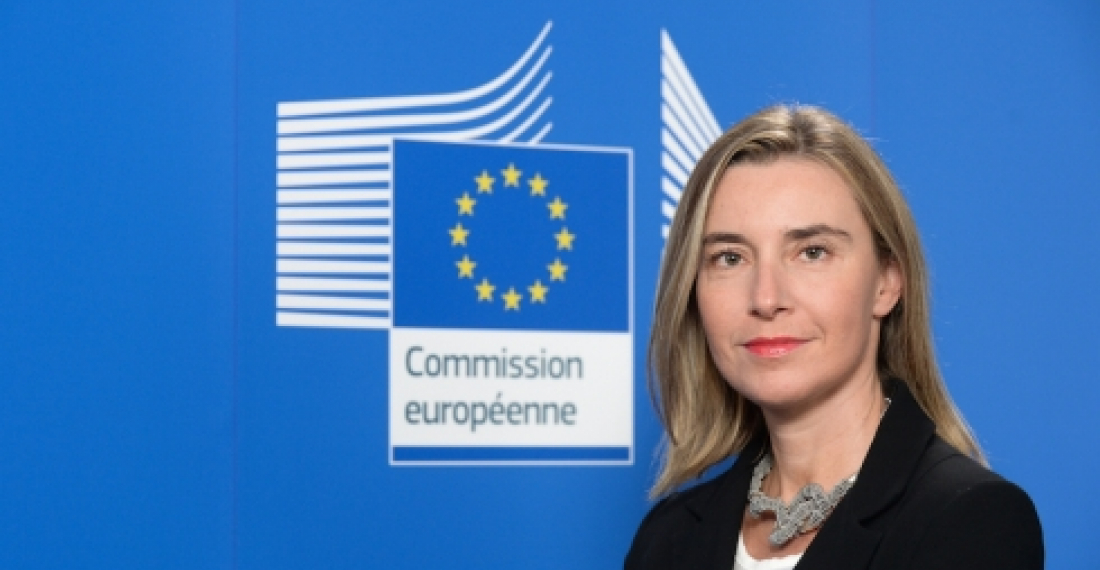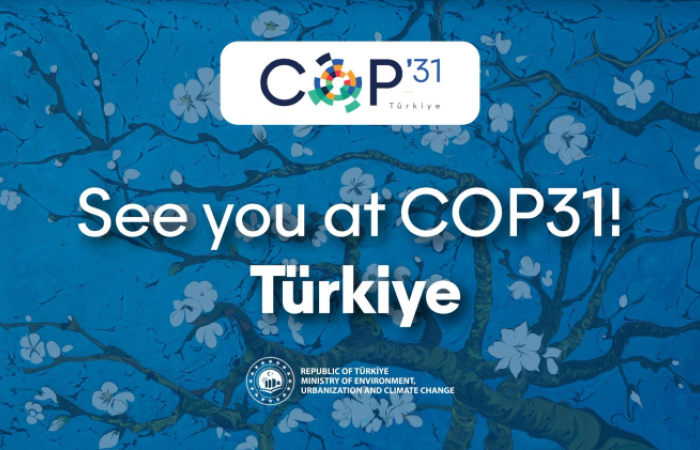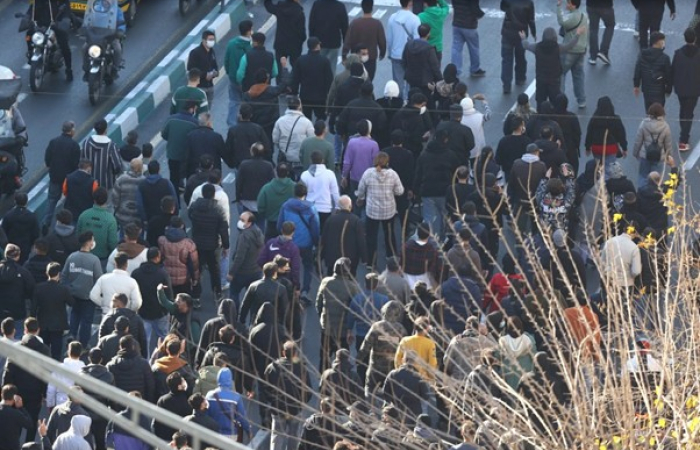The status quo in Nagorno-Karabakh is “unsustainable,” Federica Mogherini told the European Parliament on Tuesday in the aftermath of fierce fighting between Armenia and Azerbaijan.
The European Union’s foreign policy chief addressed the disputed province in a speech to the parliament in Strasbourg, which was followed by a question and answer session with parliamentarians.
Clashes last week, described by Mogherini as the worst fighting between Armenia and Azerbaijan since a 1994 ceasefire, killed dozens.
“We are increasing our efforts towards a settlement of the conflict. It has already inflicted much suffering,” said Mogherini, who said she has been in phone contact with the foreign ministers of the two countries this week.
“[The conflict] continues to pose a threat to regional security in our neighbourhood, and it is an obstacle to the development of both countries and our region,” she said.
While Mogherini was careful in choosing her words, some parliamentarians took the opportunity in the question and answer session to apportion blame.
Heidi Hautala, a Finnish Green MEP, said “most of the conflict area belongs to Azerbaijan”, and said Armenia should give the “occupied territories”. She also called for UN peacekeepers to enter the region.
Several other members of the European Parliament (MEPs) voiced their support for the Armenian cause, singling out Azerbaijan as responsible. These included Jaromír Štětina of the Czech Republic, Angel Dzhambazki of Bulgaria,Frank Engel of Luxembourg and Eleni Theocharous of Cyprus, who called for sanctions on Azerbaijan.
Charles Tannock, a British MEP, blamed Azerbaijan for starting hostilities by attempting to retake territory on of April 2, and argued that President Aliyev is using the conflict to distract his population from the economic difficulties brought about by low oil prices.
"The use of advanced Russian weaponry by Azeri forces, such as rocket launchers shows us that the politics of Putin are at play in his so called sphere of influence,” Tannock said.
Others MEPs also criticised the involvement of Russia, which sells arms to both sides, is a member of the Collective Security Treaty Organisation alongside Armenia, and is a co-chair of the OSCE Minsk Group, which is trying to find a solution to the dispute.
“How can Russia be a peacebroker and at the same time the biggest arms supplier to both countries?” said Andi Cristea, a Romanian MEP.
Russia has been stirring up ‘frozen conflicts’ across Eastern Europe, in hotspots including South Ossetia, Transnistria, eastern Ukraine and now Nagorno-Karabakh, argued Cristian Dan Preda, another Romanian MEP.
Others criticised Turkey, a close ally of Azerbaijan. Jean-Luc Schaffhauser, a French nationalist MEP, said President Recep Erdogan “finances terrorism” and is “blackmailing Europe”.
Herbert Salber, EU Special Representative for the South Caucasus, will be in the Caucasus this week, and is in constant contact with both parties, said Mogherini.
“A large scale conflict is not in the interests of anyone and can lead nowhere,” she said. “At the end of the day only the political will of the parties themselves can move things towards a peaceful settlement.”
Mogherini reiterated the EU’s support for the Minsk Group, and a settlement to the conflict on the basis of the ‘Madrid principles’. Armenia and Azerbaijan must make “reasonable compromises” to bring about peace, she said.
SOURCE: http://www.europarl.europa.eu/
PHOTO: Federica Mogherini






